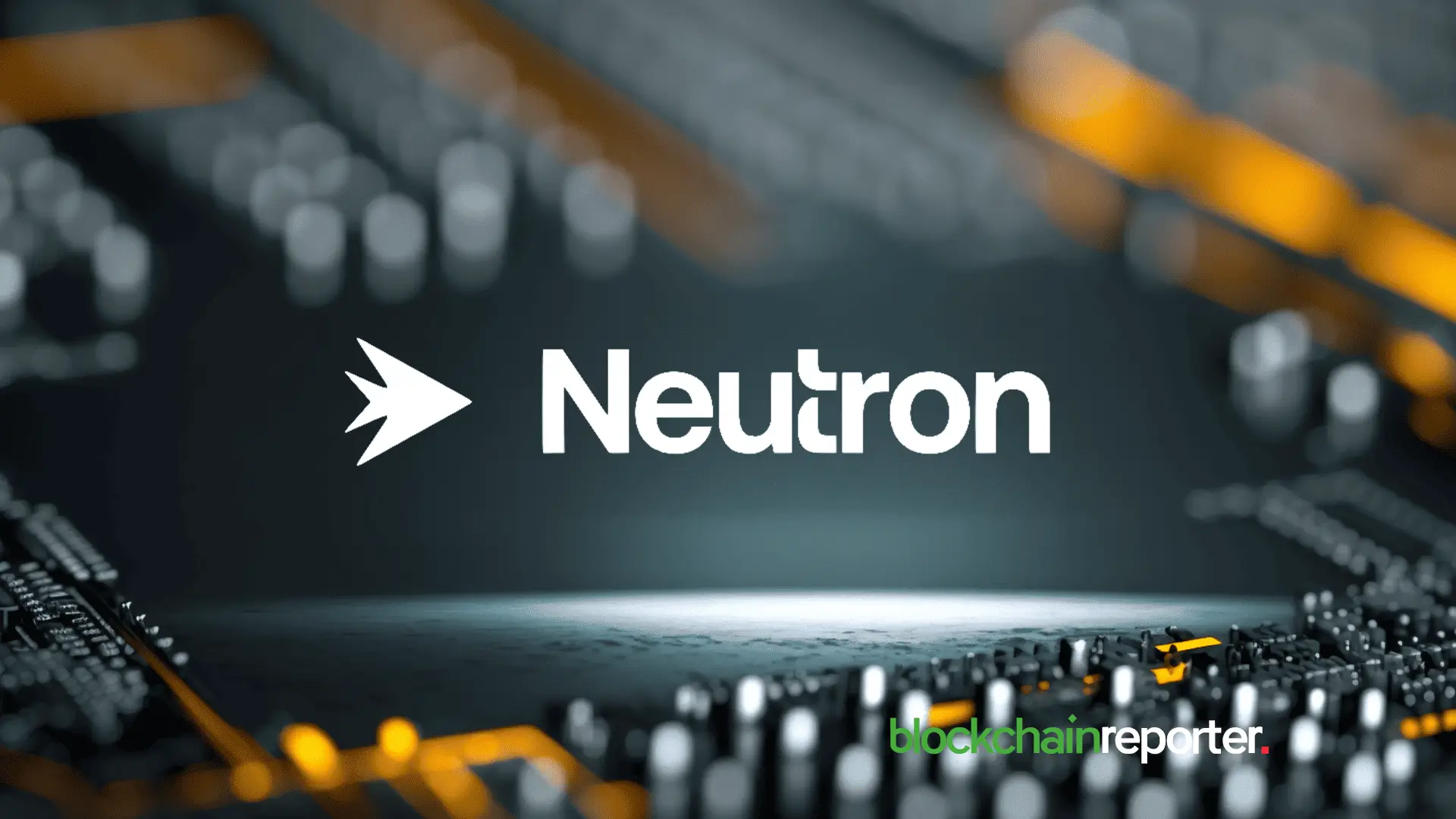On October 24, the International Monetary Fund (IMF) urged Asia to incorporate regional trade and reduce non-tariff trade barriers to mitigate its susceptibility to U.S. tariffs and global economic shocks.
According to an IMF regional economic outlook study for Asia, trade has been crucial to the region’s economic growth, with China serving as a global hub for commodity production within the supply chain. As such, the region is susceptible to the adverse effects of U.S.-China trade tensions and President Trump’s tariffs.
IMF urges Asia to deepen regional trade integration
The IMF report stated that Asia’s intraregional commerce has increased as a result of trade tensions with the U.S. and a surge in artificial intelligence (AI) investments. The report emphasized that removing trade barriers and encouraging deeper regional trade integration could help Asian nations diversify their export markets, reduce costs, and mitigate the negative effects of the tariff shock.
Krishna Srnivasan, Director of the IMF’s Asia and Pacific Department, explained that only 30% of exports from Asian nations are produced locally, indicating the region’s dependence on the American and European markets. In contrast, about 60% of all exports are produced within Asia, demonstrating the region’s high level of integration in the trading of intermediate goods.
Srinivasan claimed that, as part of trade talks with the U.S., some nations are willing to lower non-tariff barriers. He argued that increased regional trade integration and the association of Southeast Asian Nations economies could result in a 1.4% increase in Asia’s GDP over the medium term.
The UN agency expects Asia’s economy to grow 4.5% in 2025, down from 4.6% the previous year but up 0.6 percentage points from its April estimate, due to robust exports driven by pre-tariff shipments.
The IMF predicts that trade tensions, poor Chinese demand for manufactured products, and lackluster private consumption in emerging economies will cause growth to drop to 4.1% in 2026.
On October 16, the IMF predicted Japan’s economic growth to decrease from 1.1 percent to 0.6 percent, while China’s is expected to slow from 4.8 percent this year to 4.2 percent next year. India is expected to continue growing at a rate of 6.6% this year, the highest among major emerging economies, before falling to 6.2% the following year. Korea’s growth rate is expected to increase from 0.9% to 1.8% this year. For the second consecutive year, the economies of the Association of Southeast Asian Nations (ASEAN) are expected to grow by 4.3 percent.
IMF warns Asia of tariff risks
The UN agency updated its projection for Asia’s economic growth, cautioning that regions highly involved in global supply chains may suffer a serious setback if U.S.-China tensions continue to escalate.
Krishna Srinivasan mentioned that the Asia-Pacific economy was performing better than anticipated in April, despite being the region hardest hit by U.S. tariffs. Srinivasan cautioned that the “dust on tariffs has not settled yet” and could still rise, posing serious threats to the region’s prospects.
U.S. President Trump threatened to increase tariffs on Chinese imports by an additional 100% beginning on November 1. The tariff increase happened in response to Beijing’s expansion of its export curbs on rare earths, which heightened trade tensions between the U.S. and China.
Srinivasan claimed that a spike in intra-regional commerce and companies’ front-loading cargo ahead of the tariff hikes helped boost exports across major Asian economies. AI-driven technological advancements also increased exports, particularly from Japan and South Korea. Srinivasan added that a weak dollar, rising equity markets, and reduced long-term borrowing costs have all been beneficial to Asia’s economic momentum.
On October 20, the National Bureau of Statistics of China reported that, as trade tensions with the U.S. erupted and property market issues continued, China’s economic growth slowed in the three months leading up to the end of September. The NBS claimed that the second-largest economy in the world expanded at its slowest rate in a year, 4.8%, when compared to the same period in 2024.
Claim your free seat in an exclusive crypto trading community – limited to 1,000 members.
Source: https://www.cryptopolitan.com/imf-urges-asia-to-unite/


